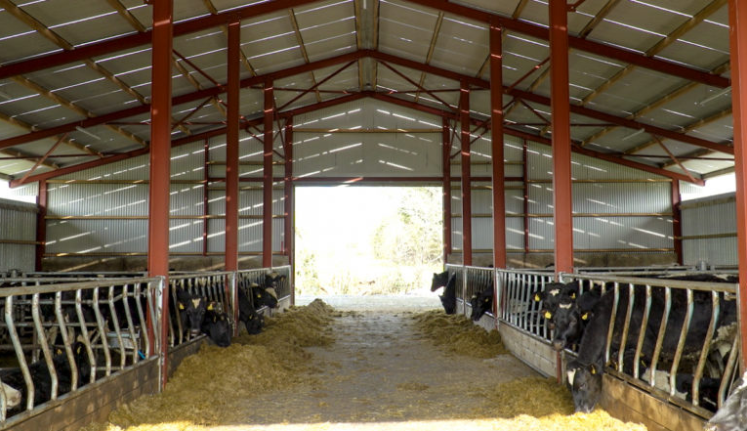By Teagasc’s Seán Cummins and James Fitzgerald
Grazing conditions have deteriorated significantly on some of the farms participating in the Teagasc Green Acres Calf to Beef programme over the past 10 days.
In some cases, especially for farmers operating on heavy ground in the south-west of the country, rain and the resulting saturated ground has forced some farmers to call time on the grazing season for heavier animals.
Although last week’s grazing techniques had been in play, the wet weather over last week pushed some of the paddocks beyond grazing and resulted in situations where water was sitting on paddocks.
Young stock are still out grazing drier paddocks on heavier farms and – where conditions improve – these will be used to graze out these wetter paddocks later in the year.
These animals have a lower liveweight and, when managed correctly, they should be able to graze out paddocks when conditions allow.
Although forward animals have been housed on some of the heavier and wetter farms in the programme, many farmers are still grazing these animals in drier parts of the country. In these cases, animals will begin to be housed where grazing area targets for the autumn rotation targets are being exceeded.
Key steps to extending the grazing season:
- Use an autumn rotation planner – designate an area for grazing each day/week;
- Walk the farm to identify which paddocks can or can’t be grazed;
- Skip ungrazeable paddocks now and aim to graze when conditions allow;
- Use a strip wire when grazing heavier covers and offer cattle fresh grass daily / twice daily;
- Aim for a grazing residual of 4cm to ensure the availability of quality grass next spring.
Ciaran Bartley, Boher, Co. Limerick:
- Growth: 36kg DM/ha;
- Demand: 50kg DM/ha;
- Farm cover: 890kg DM/ha;
- Stocking rate: 2.45 LU/ha.
Grazing conditions have deteriorated significantly since last weekend and 38 Holstein Friesian steers have been housed so far.
These animals have been receiving 4.5kg/day of concentrates since early-August and are just about ready to draft for slaughter.
To ensure that these animals don’t suffer a performance check until slaughter, they are being provided with high-quality surplus bales taken during the summer months.
As dry areas for heavy cattle to graze are beginning to get scarce, I plan to house the remainder of the 2019-born steers over the coming days. Half of these animals will move onto a finishing diet, while the remainder will be stored to finish off-grass next summer.
There’s still a lot of grass on farm, so I am aiming to utilise and graze this with this year’s calves who are still being supplemented with 1kg/head/day of concentrates to counteract the lower dry matter present in autumn grass.
As it stands, I am aiming to close 11.17ha/week as part of the autumn rotation planner. As some parts of the farm are very heavy, we aimed to start closing during the last week of September and should have 33.51ha closed by this weekend and we are on target for achieving this.

